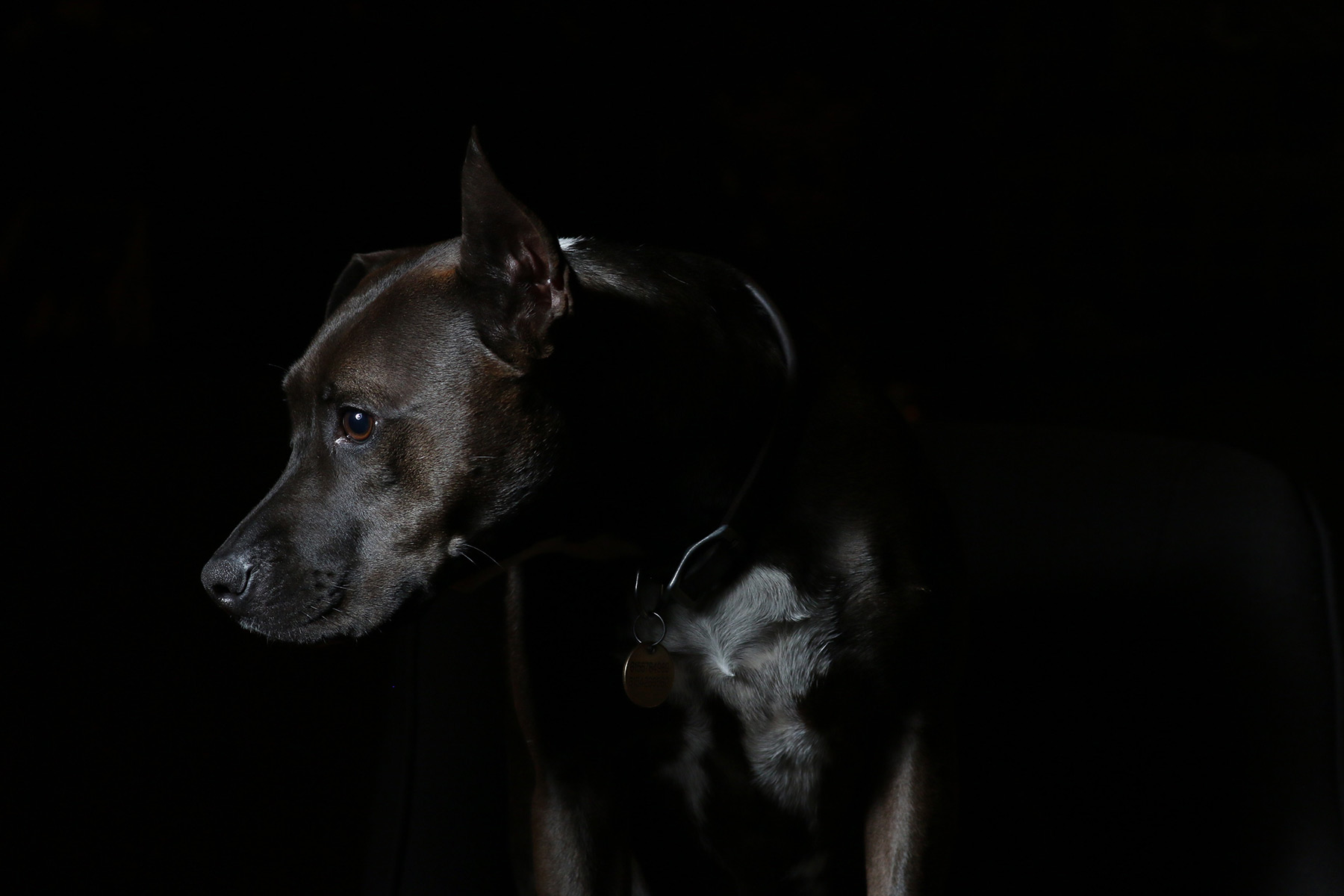Je winkelwagen is momenteel leeg!
Aubé is another sculptor of acknowledged eminence who ranges himself with M. Rodin in his opposition to the Institute. His figures of "Bailly" and "Dante" are very fine, full of a most impressive dignity in the ensemble, and marked by the most vigorous kind of modelling. One may easily like his "Gambetta" less. But for years Rodin's only eminent fellow sculptor was Dalou. Perhaps his protestantism has been less pronounced than M. Rodin's. It was certainly long more successful in winning both the connoisseur and the public. The state itself, which is now and then even more conservative than the Institute, has charged him with important works, and the Salon has given him its highest medal. And he was thus recognized long before M. Rodin's works had risen out of the turmoil of critical contention to their present envied if not cordially approved eminence. But for being less energetic, less absorbed, less intense than M. Rodin's, M. Dalou's enthusiasm for nature involves a scarcely less uncompromising dislike of convention. He had no success at the École des Beaux Arts. Unlike Rodin, he entered those precincts and worked long within them, but never sympathetically or felicitously.

The rigor of academic precept was from the first excessively distasteful to his essentially and eminently romantic nature. He chafed incessantly. The training doubtless stood him in good stead when he found himself driven by hard necessity into commercial sculpture, into that class of work which is on a very high plane for its kind in Paris, but for which the manufacturer rather than the designer receives the credit. But he probably felt no gratitude to it for this, persuaded that but for its despotic prevalence there would have been a clearer field for his spontaneous and agreeable effort to win distinction in. He greatly preferred at this time the artistic anarchy of England, whither he betook himself after the Commune—not altogether upon compulsion, but by prudence perhaps; for like Rodin, his birth, his training, his disposition, his ideas, have always been as liberal and popular in politics as in art, and in France a man of any sincerity and dignity of character has profound political convictions, even though his profession be purely æsthetic. In England he was very successful both at the Academy and with the amateurs of the aristocracy, of many of whom he made portraits, besides finding ready purchasers among them for his imaginative works. The list of these latter begins, if we except some delightful decoration for one of the Champs-Élysées palaces, with a statue called "La Brodeuse," which won for him a medal at the Salon of 1870. Since then his production has been prodigious in view of its originality, of its lack of the powerful momentum extraneously supplied to the productive force that follows convention and keeps in the beaten track.
His numerous peasant subjects at one time led to comparison of him with Millet, but the likeness is of the most superficial kind. There is no spiritual kinship whatever between him and Millet.
Dalou models the Marquis de Dreux-Brézé with as much zest as he does his "Boulonnaise allaitant son enfant;" his touch is as sympathetic in his Rubens-like "Silenus" as in his naturalistic "Berceuse." Furthermore, there is absolutely no note of melancholy in his realism—which, at the present time, is a point well worth noting. His vivacity excludes the pathetic. Traces of Carpeaux's influence are plain in his way of conceiving such subjects as Carpeaux would have handled. No one could have come so closely into contact with that vigorous individuality without in some degree undergoing its impress, without learning to look for the alert and elegant aspects of his model, whatever it might be. But with Carpeaux's distinction Dalou has more poise. He is considerably farther away from the rococo. His ideal is equally to be summarized in the word Life, but he cares more for its essence, so to speak, than for its phenomena, or at all events manages to make it felt rather than seen. One perceives that humanity interests him on the moral side, that he is interested in its significance as well as its form. Accordingly with him the movement illustrates the form, which is in its turn truly expressive, whereas occasionally, so bitter was his disgust with the pedantry of the schools, with Carpeaux the form is used to exhibit movement. Then, too, M. Dalou has a certain nobility which Carpeaux's vivacity is a shade too animated to reach. Motive and treatment blend in a larger sweep. The graver substance follows the planes and lines of a statelier if less brilliant style. It has, in a word, more style.
I can find no exacter epithet, on the whole, for Dalou's large distinction, and conscious yet sober freedom, than the word Venetian. There is some subtle phrenotype that associates him with the great colorists. His work is, in fact, full of color, if one may trench on the jargon of the studios.
It has the sumptuousness of Titian and Paul Veronese. Its motives are cast in the same ample mould. Many of his figures breathe the same air of high-born ease and well-being, of serene and not too intellectual composure. There is an aristocratic tincture even in his peasants—a kind of native distinction inseparable from his touch. And in his women there is a certain gracious sweetness, a certain exquisite and elusive refinement elsewhere caught only by Tintoretto, but illustrated by Tintoretto with such penetrating intensity as to leave perhaps the most nearly indelible impression that the sensitive amateur carries away with him from Venice. The female figures in the colossal group which should have been placed in the Place de la République, but was relegated by official stupidity to the Place des Nations, are examples of this patrician charm in carriage, in form, in feature, in expression. They have not the witchery, the touch of Bohemian sprightliness that make such figures as Carpeaux's "Flora" so enchanting, but they are at once sweeter and more distinguished. The sense for the exquisite which this betrays excludes all dross from M. Dalou's rich magnificence. Even the "Silenus" group illustrates exuberance without excess: I spoke of it just now as Rubens-like, but it is only because it recalls Rubens's superb strength and riotous fancy; it is in reality a Rubens-like motive purged in the execution of all Flemish grossness. There is even in Dalou's fantasticality of this sort a measure and distinction which temper animation into resemblance to such delicate blitheness as is illustrated by the Bargello "Bacchus" of Jacopo Sansovino. Sansovino afterward, by the way, amid the artificiality of Venice, whither he went, wholly lost his individual force, as M. Dalou, owing to his love of nature, is less likely to do. But his sketch for a monument to Victor Hugo, and perhaps still more his memorial of Delacroix in the Luxembourg Gardens, point warningly in this direction, and it would perhaps be easier than he supposes to permit his extraordinary decorative facility to lead him on to execute works unpenetrated by personal feeling, and recalling less the acme of the Renaissance than the period just afterward, when original effort had exhausted itself and the movement of art was due mainly to momentum—when, as in France at the present moment, the enormous mass of artistic production really forced pedantry upon culture, and prevented any but the most strenuous personalities from being genuine, because of the immensely increased authoritativeness of what had become classic.


Geef een reactie